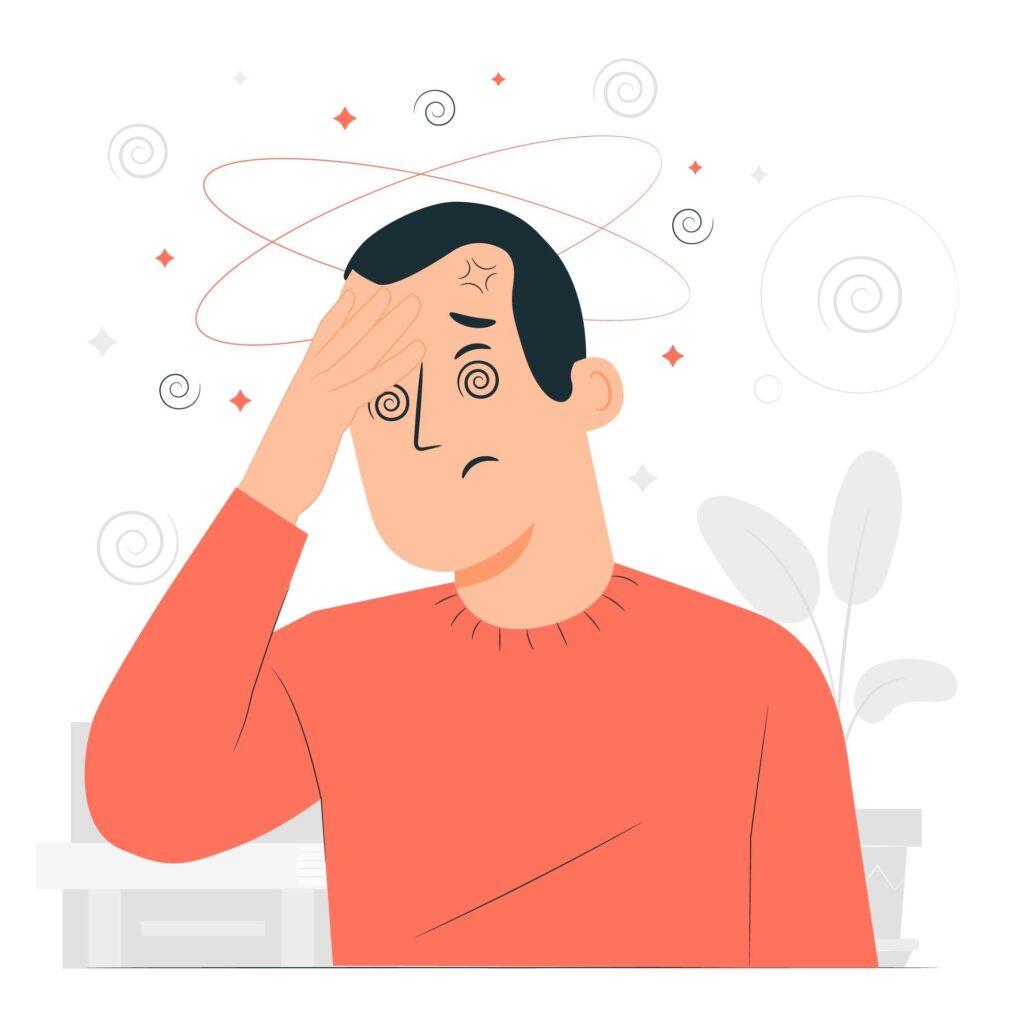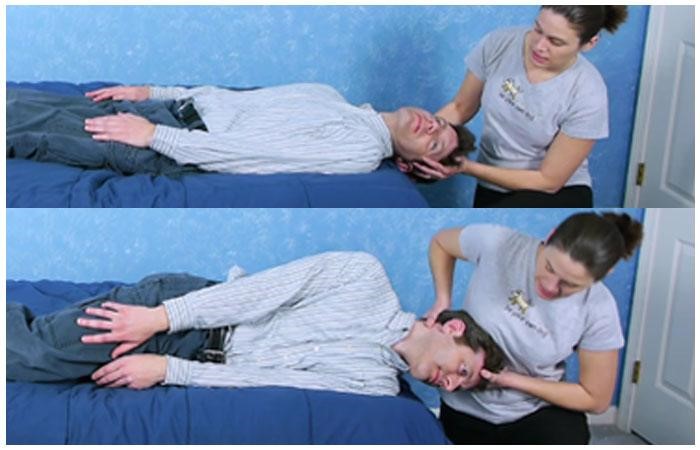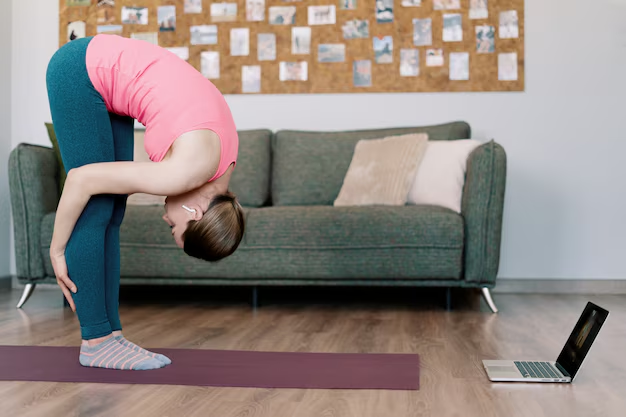Last updated on December 30th, 2024 at 11:09 am
Vertigo treatment refers to the medical or therapeutic approaches used to alleviate the symptoms of vertigo, a condition characterized by a false sensation of spinning or movement. It can strike suddenly, causing a spinning sensation that makes even simple tasks like standing or walking a challenge.
While vertigo can be caused by various underlying conditions, the good news is that there are effective treatments available to help alleviate its symptoms and improve your quality of life.
Vertigo is not a disease in itself, but rather a symptom of an underlying issue. It is often described as a spinning or whirling sensation as if the world around you is in motion when it’s not. This false sensation of movement can lead to dizziness, nausea, and a sense of unsteadiness.
Types of Vertigo
The two most common types of vertigo are:
- Peripheral Vertigo: This type of vertigo is typically caused by problems within the inner ear, such as benign paroxysmal positional vertigo (BPPV), Meniere’s disease, or vestibular neuritis.
- Central Vertigo: Central vertigo is usually the result of issues within the central nervous system, such as a brain injury, tumour, or multiple sclerosis.

Vertigo Treatment
Treatment for vertigo depends on its underlying cause. Here are some of the most common vertigo treatment options:
- Vestibular Rehabilitation: This is a specialized form of physical therapy that focuses on exercises and movements designed to improve your balance and reduce vertigo symptoms. A trained therapist can guide you through exercises that help your brain adapt to the false signals causing vertigo.
- Epley Maneuver: If your vertigo is due to BPPV, a healthcare provider may perform or teach you the Epley manoeuvre. This series of head movements can reposition the displaced inner ear crystals, relieving vertigo symptoms.
- Medications: In some cases, medications may be prescribed to alleviate vertigo symptoms or treat underlying causes. These medications can include antihistamines, antiemetics, and steroids.
- Surgery: Surgery is typically considered a last resort for vertigo treatment and is reserved for cases where other treatments have been unsuccessful. Surgical options may include procedures to repair the inner ear, remove tumours, or alleviate pressure on the vestibular nerve.
- Lifestyle and Dietary Changes: For conditions like Meniere’s disease, lifestyle modifications, such as reducing salt intake, may help manage symptoms. Avoiding known triggers, like caffeine and alcohol, can also be beneficial.
- Vertigo Treatment at Home: Some people find relief from vertigo symptoms through home remedies like the Brandt-Daroff exercises, which can help with habituation to the false sensations of motion.

Benign Paroxysmal Positional Vertigo
Benign Paroxysmal Positional Vertigo (BPPV) is a common and often unsettling vestibular disorder that results from the displacement of tiny calcium crystals (otoconia) within the inner ear’s semicircular canals. This displacement can lead to brief but intense vertigo episodes triggered by specific head movements, such as rolling over in bed or looking up.
> Consult a doctor and Order Medicine Online
Benign Paroxysmal Positional Vertigo Treatment
Benign Paroxysmal Positional Vertigo treatment is available and the choice of treatment depends on factors such as the severity of your symptoms and the underlying cause. Here are some of the most common benign paroxysmal positional vertigo treatment approaches:
- Epley Maneuver (Canalith Repositioning Procedure): This is the most widely recognized and successful Benign Paroxysmal Positional Vertigo treatment. A healthcare provider or physical therapist performs a series of carefully controlled head and body movements to guide the displaced otoconia back into the utricle of the inner ear. This manoeuvre helps to reduce or eliminate vertigo symptoms in a matter of minutes. In many cases, patients experience immediate relief, though some may require multiple sessions.
- Semont Maneuver: Similar to the Epley manoeuvre, the Semont manoeuvre is designed to move displaced otoliths out of the semicircular canals. This manoeuvre involves a quick change in body position while sitting on the edge of a bed.
- Home Exercises: In some cases, healthcare providers may teach patients how to perform certain BPPV exercises at home, such as the Brandt-Daroff exercises. These exercises can help habituate your brain to the unusual signals from the inner ear and reduce the frequency and intensity of vertigo episodes.
- Medication: Medications are not typically the first-line treatment for BPPV, but they may be prescribed in cases where other treatments are not effective or if the vertigo is severe. These medications are often used to control nausea and dizziness symptoms.

Conclusion:
Vertigo can be a debilitating condition, but with the right treatment, it’s often manageable. If you experience recurring or severe vertigo symptoms, it’s crucial to seek medical attention to determine the underlying cause and explore appropriate treatment options.
Whether it’s physical therapy, medication, or lifestyle changes, finding the right approach to manage your vertigo can help you regain your balance and improve your overall quality of life.
Read: What are Generic Medicines?
Definition of Generic Medicine
Generic medicine refers to a pharmaceutical product that is equivalent to a brand-name medication in terms of its active ingredients, dosage, strength, route of administration, and intended use.
While brand-name drugs are developed and patented by pharmaceutical companies, generic medicines are produced and sold after the patent expires. They are often more affordable than their brand-name counterparts and must meet strict regulatory standards to ensure safety, quality, and effectiveness.
FAQs on Vertigo Treatment
Q1. What is vertigo treatment?
Vertigo treatment involves addressing the underlying cause and managing its symptoms. Common treatments include the Epley manoeuvre to reposition inner ear crystals, medication for symptom relief, and vestibular rehabilitation exercises to improve balance and reduce dizziness. The choice of vertigo treatment depends on the type and severity of vertigo.
Q2. What is vertigo treatment at home?
Vertigo treatment at home includes specific exercises like Brandt-Daroff manoeuvres, maintaining hydration, and minimizing triggers. While effective for some, it’s crucial to consult a healthcare professional for a proper diagnosis.
Q3. What is cervical vertigo treatment?
Cervical vertigo treatment focuses on addressing neck-related issues causing dizziness. Physical therapy and exercises to improve neck mobility and strength are often employed. Pain management techniques and lifestyle adjustments may also be recommended to alleviate symptoms.
Q4. What is the Ayurvedic treatment for vertigo?
Ayurvedic treatment for vertigo emphasizes herbal remedies, dietary adjustments, and holistic therapies to balance doshas and alleviate vertigo symptoms, tailored to individual constitution and causes.
Related Links:
